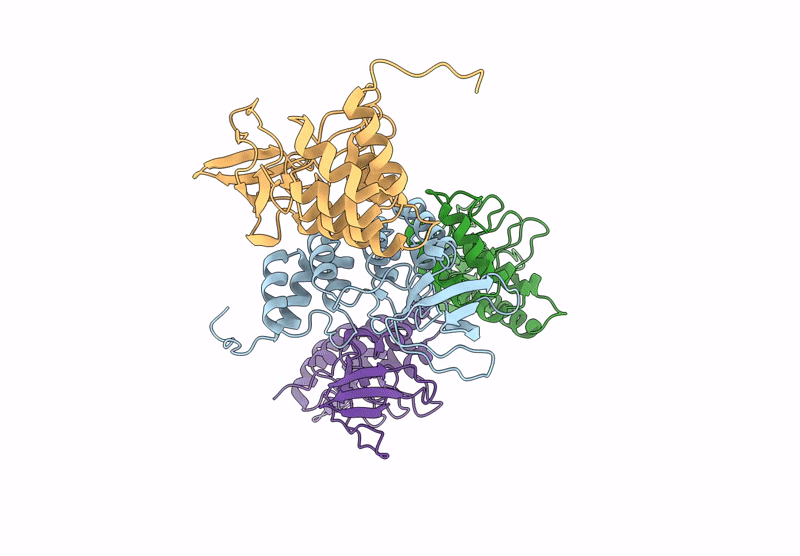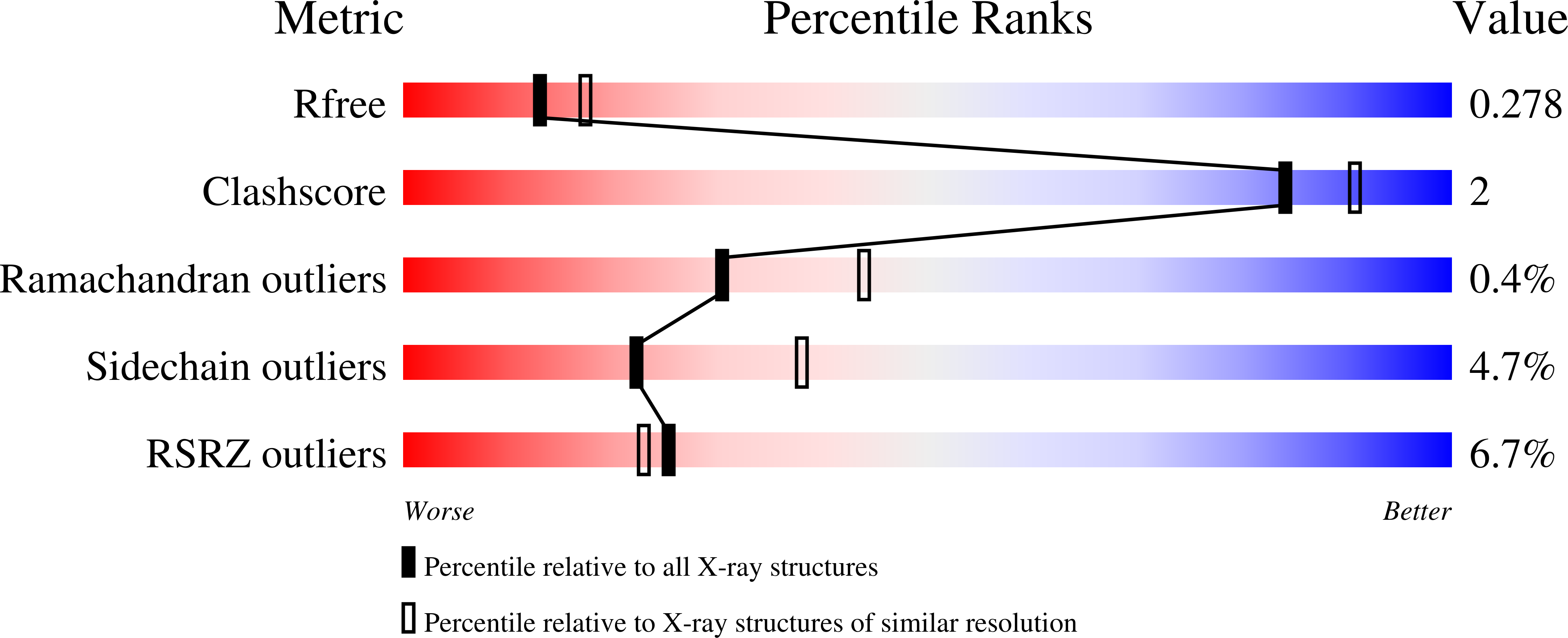
Deposition Date
2024-08-12
Release Date
2024-12-18
Last Version Date
2025-01-22
Method Details:
Experimental Method:
Resolution:
2.40 Å
R-Value Free:
0.27
R-Value Work:
0.24
Space Group:
P 2 21 2


